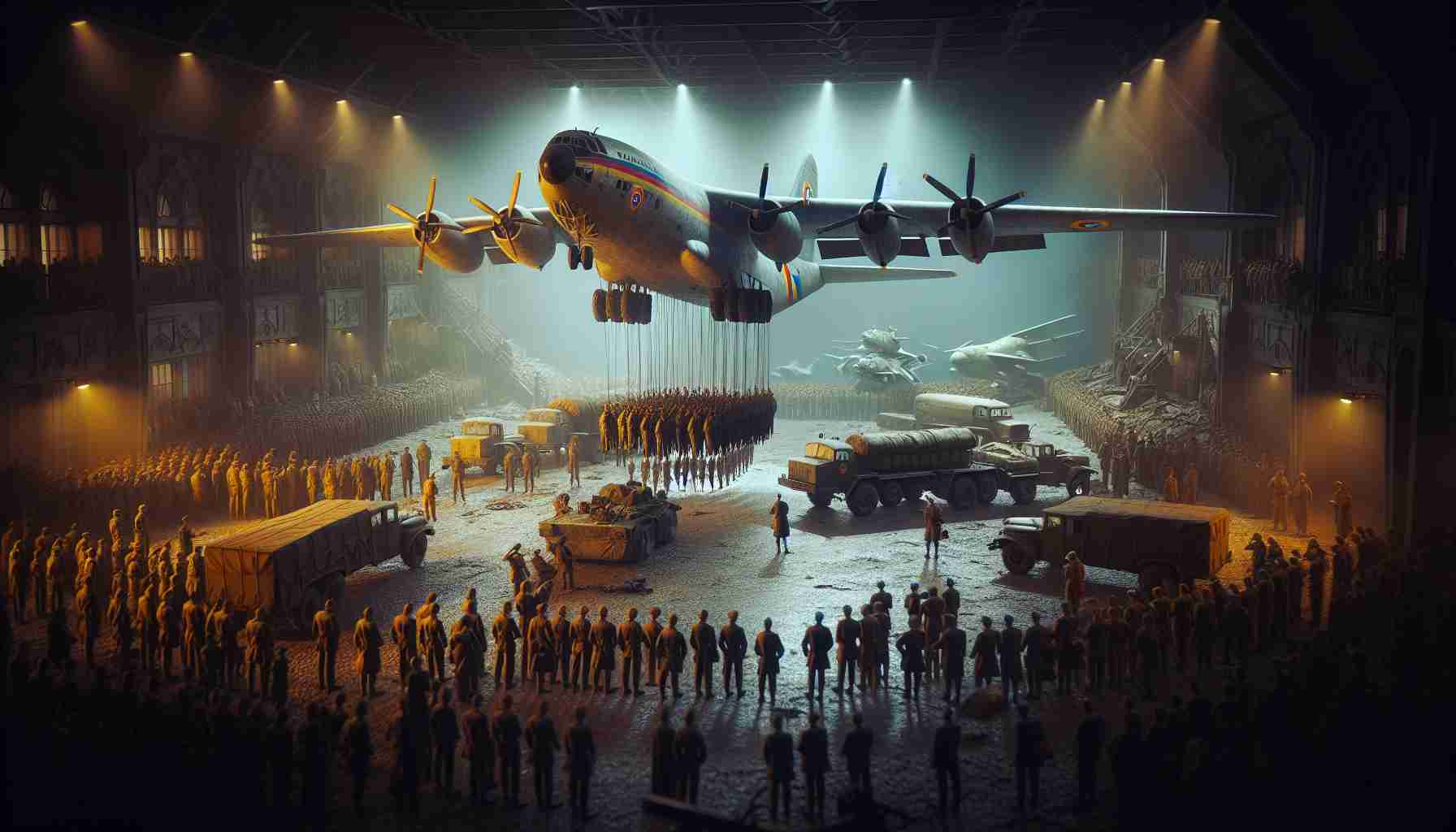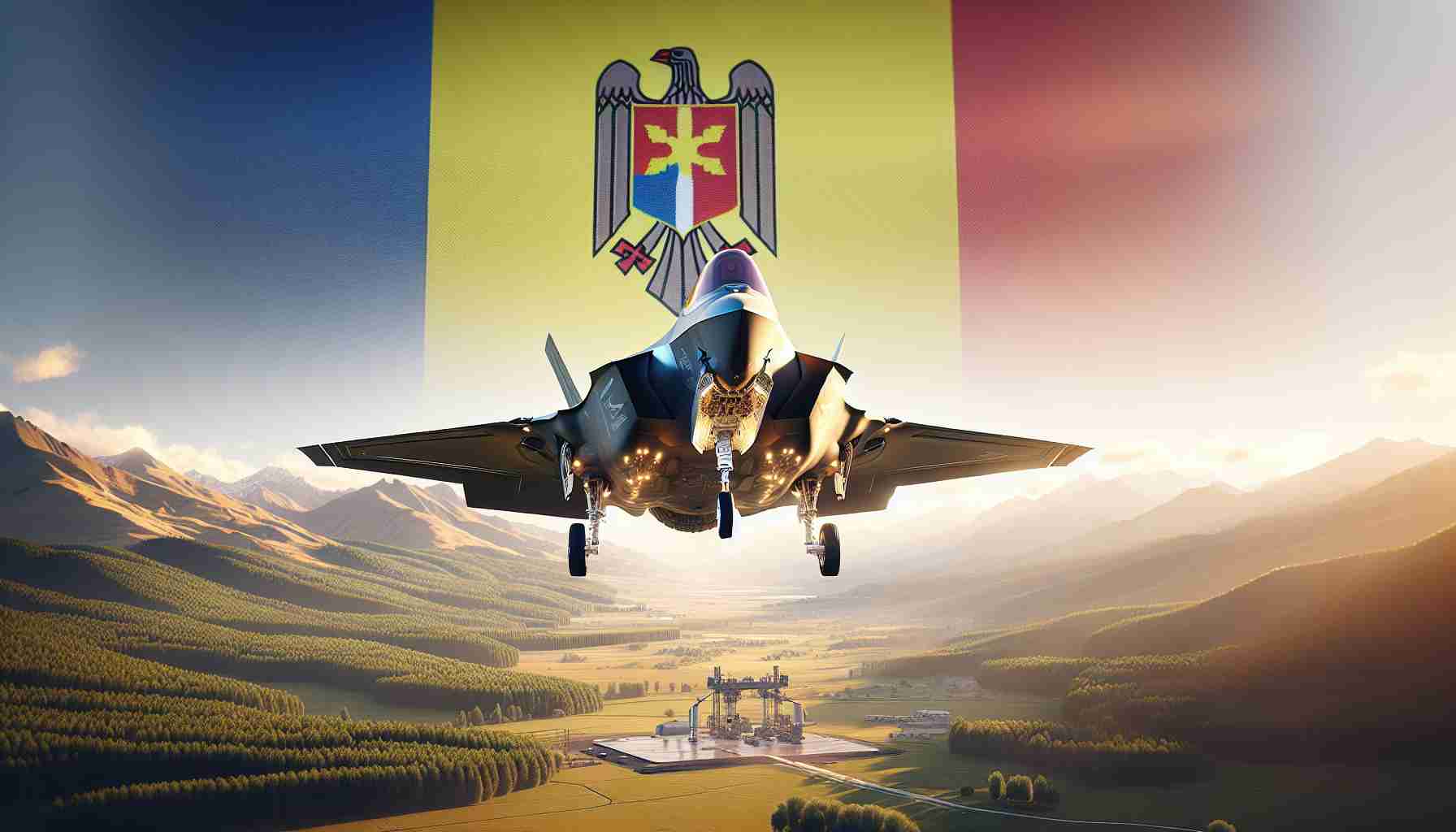Romania has taken a significant step in fortifying its defense capabilities by finalizing a deal to acquire 32 F-35A Lightning II stealth fighters. Worth a hefty US$6.4 billion, this investment comes amidst increasing regional threats and concerns about the ongoing conflict in Ukraine.
A Leap in Defense Strategy
This high-profile purchase marks one of Romania’s most expensive defense endeavors. The F-35 Lightning II, known for its advanced stealth features and connectivity, positions Romania as the 20th nation worldwide to embrace such cutting-edge fighter technology. This strategic move strengthens Romania’s position within NATO, enhancing collective security measures.
In April 2023, the Romanian Supreme Council of Defence of the Country authorized this purchase, followed by parliamentary approval in September. By embracing the F-35s, Romania joins other European countries, including Belgium and Italy, in upgrading their air forces to meet modern threats.
Transition to Modern Warfare
The complete integration of the F-35s into the Romanian Air Force is anticipated by 2030. For now, Romania will maintain its F-16 fleet, expanded through additional acquisitions from Norway. A specialized F-16 training center in Romania will facilitate the seamless transition to the F-35s.
The overall modernization drive represents Romania’s proactive response to potential security threats, further reinforced by new acquisitions like Abrams tanks from the US and K9 Thunder howitzers from South Korea.
Nearby incidents, such as a Russian drone threatening Romanian borders, have underscored the nation’s urgent need to bolster its defenses. Romanian military leaders continue to advocate for vigilance in light of escalating regional tensions.
An Unseen Revolution: How F-35 Fighters Transform Global Defense Paradigms
Stealth Fighters and Their Role in the Future of Warfare
While the acquisition of the F-35A Lightning II fighters by Romania has made headlines, what remains less discussed are the implications of this technology on a broader scale for humanity and the development of new technologies. Beyond its immediate bolstering of Romania’s defense, the integration of these fighters represents a critical juncture in the evolution of modern military strategy and innovation.
The F-35 is more than just an advanced aircraft; it embodies the convergence of stealth technology, networked communications, and artificial intelligence. These fighters are equipped with an array of sensors and data systems that allow them to process and disseminate information in real-time, contributing to a battlefield that is increasingly reliant on rapid, data-driven decision-making.
Interesting Facts and Controversies
Did you know that the F-35 program is one of the most expensive defense projects ever undertaken by the United States? With costs projected at over $1 trillion for its lifecycle, the program often draws criticism over budget overruns and delays. However, proponents argue that the investment is justified given its transformative potential.
One particularly interesting feature of the F-35s is their capacity for joint force operations. This capability allows them to seamlessly integrate with other military assets, underscoring their pivotal role in future alliances and multinational defense strategies. Yet, this interconnectivity raises concerns about cybersecurity risks and vulnerabilities; a breach in one system could potentially compromise others within the network.
Advantages and Disadvantages
Advantages:
– Advanced Stealth: The F-35’s design minimizes detection, giving it an edge in missions requiring surprise and protection from enemy radars.
– Multirole Capability: These fighters can perform a wide range of missions—from air superiority to electronic warfare—making them indispensable in versatile combat scenarios.
– Global Partnerships: Countries using the F-35 are part of a vast network, fostering international collaboration in defense.
Disadvantages:
– High Cost: The financial burden of acquiring and maintaining such advanced aircraft can be immense, potentially straining national budgets and diverting funds from other critical areas.
– Complexity of Maintenance: The F-35’s sophisticated systems require specialized maintenance and a robust supply chain, which can pose logistical challenges.
Is this the Future of Aerial Combat?
Considering the rapid advancements in artificial intelligence and unmanned systems, one might ask whether investing in manned fighters like the F-35 is prudent. The answer lies in their adaptability and role as force multipliers on the modern battlefield, where they provide strategic options that drones alone cannot achieve.
The F-35 sets the stage for an era where human pilots and autonomous systems operate in tandem, each complementing the other’s strengths and weaknesses.
Conclusion
Romania’s acquisition of the F-35s not only enhances its military capabilities but also signifies a step towards embracing a new age of warfare. As countries grapple with how to integrate such technologies, the broader impact on defense strategies and international relations will be profound.
For further insights into defense technologies and strategic developments, explore NATO and Lockheed Martin.






















